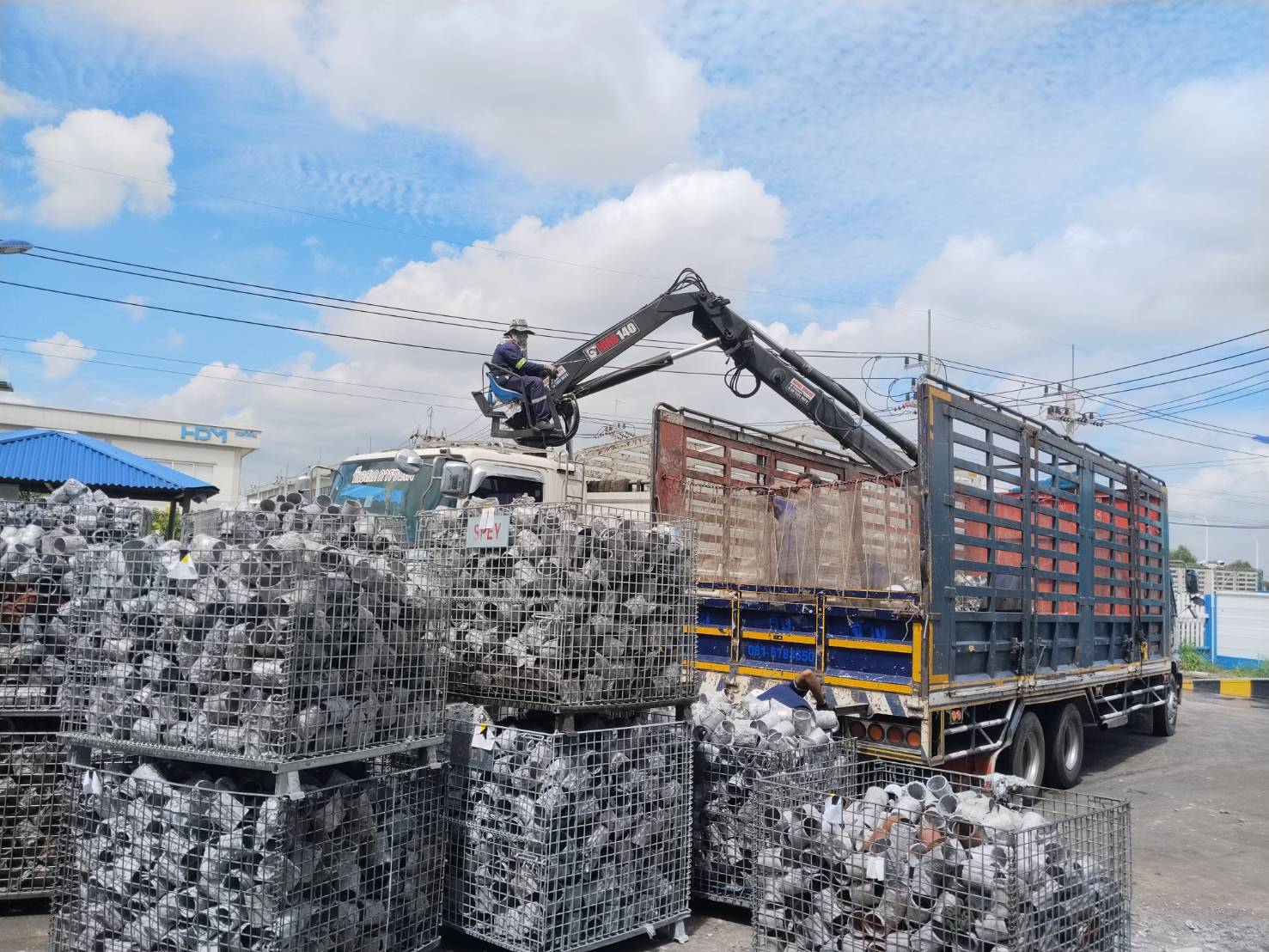For companies granted BOI privileges, understanding the terms “Loss” and “Scrap” is critically important — as they directly affect raw material write-offs, documentation accuracy, and compliance with BOI requirements.
🧩 Definition of “Loss”
Loss refers to raw materials that cannot be used for their original intended purpose, such as:
- Materials that are defective, substandard, or left over from production
- Raw material residues generated during the production process
- Damaged or non-sellable finished goods
🔥 Definition of “Scrap”
Scrap refers to “Loss” that has already been destroyed and no longer retains its original form.
⚙️ Types of Loss
Losses are categorized into two main types:
1. In-Formula Loss (Loss Included in Production Formula)
These are losses that can be predetermined and calculated in advance — and are approved to be included in the production formula.
Examples:
- Metal offcuts from stamping processes
- Powder dust from grinding processes
✅ These are automatically deducted from the raw material account.
🔁 Must be measured in weight, volume, or area only.
❌ If the residue can be reused or recycled (e.g., plastic scrap), it cannot be classified as in-formula loss.
💰 If it has commercial value, applicable duties or taxes must be paid before selling.
2. Out-of-Formula Loss (Loss Outside Production Formula)
These are losses that cannot be predetermined and may occur unexpectedly.
Examples:
- Raw materials damaged before production
- Waste or rejects found during quality control
- Non-conforming products after production
📌 These must undergo inspection and verification of type and quantity before write-off.
❗ Write-off is allowed only after verification is complete.
📞 For more information, please contact us today!

